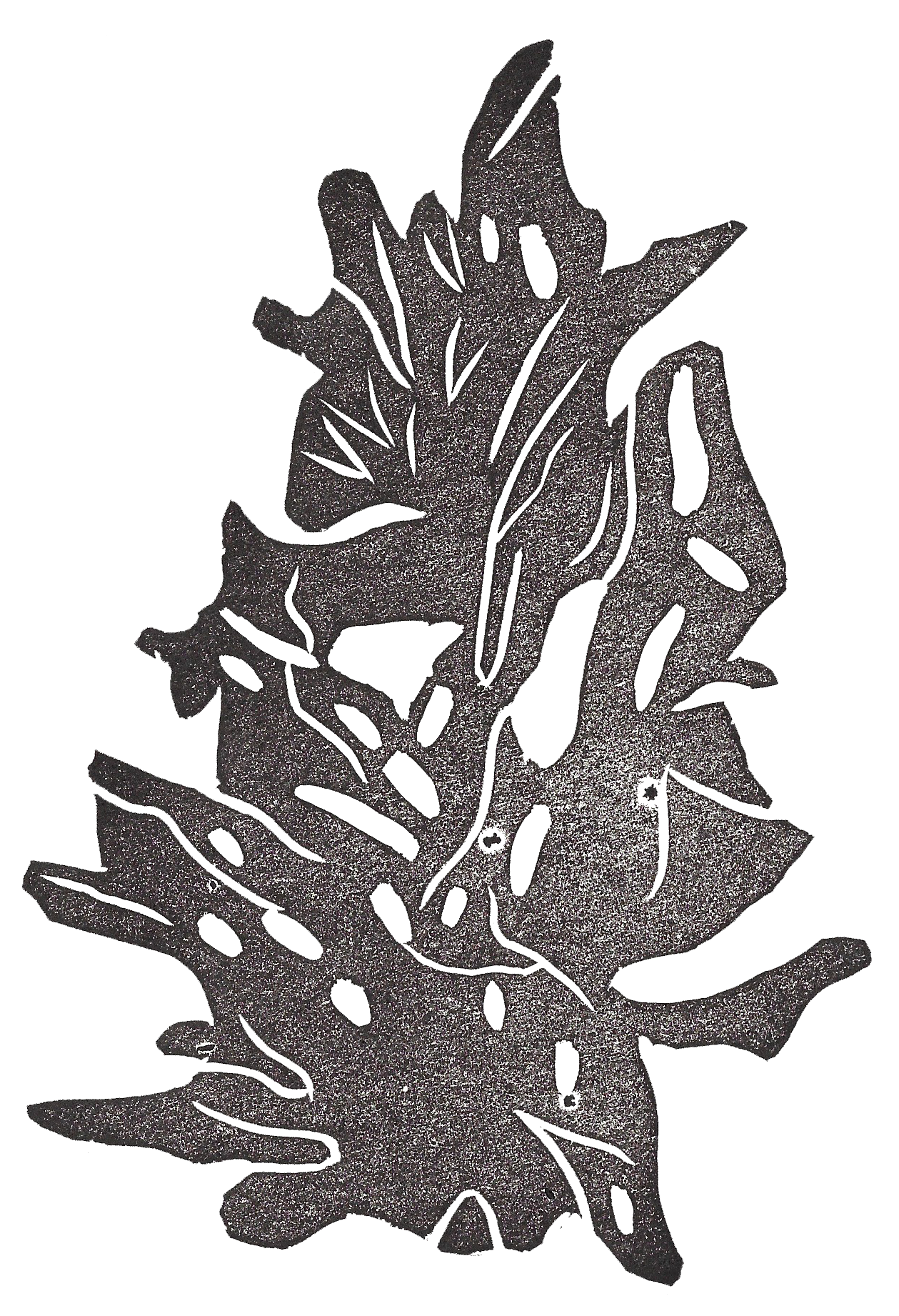READING 2 ︎︎︎ Sustainable Inks

Definition
Uses vegetable or soy oil as a base, rather than petroleum.
Uses vegetable or soy oil as a base, rather than petroleum.
Ink is composed of pigment for color, a binder to merge the ink with the substrate, solvent to disperse the ink, and additives to prevent the ink from cracking.
There are carcinogenic VOCs (volatile organic compounds) released by solvents during the printing process. Alternative inks like water-based or UV-cured inks avoid the need for these solvents, which means less toxic printing and lower carbon emissions.
Alternative inks can lower the carbon footprint associated with raw materials, alleviate toxicity concerns during printing, and improve the recyclability of paper, especially during the de-inking process. If the materials allow, companies might print with alternative inks to improve recyclability, biodegradability, or especially compostability.
Algae is a renewable substitute for conventional petroleum-based pigments. The algae that Living Ink sources is a byproduct from algae grown for spirulina production, further reducing its carbon footprint. Working on algae ink since 2013, Living Ink had previously had success in producing water-based ink for flexography (to print on corrugated boxes), but oil-based ink has outsize challenges. One of the most difficult is the low moisture requirement as algae is a water-dwelling organism. Algae is a promising pigment for many reasons, chiefly because algae, like plants, eats sunshine and CO₂ (carbon dioxide) and produces O₂ (oxygen). Because of its photosynthesis abilities, algae ink production may actually be carbon negative (pending a proper life cycle analysis, or LCA). At the time of printing, the ink is not yet available commercially but the trial run takes it one step closer to market viability.
“World’s First Algae Offset Ink” sure sounds cool but the potential for the technology is substantial (i.e., it’s a big frickin’ deal). Algae-based ink is significant because it replaces the petroleum-based pigments used in conventional offset ink and has a smaller carbon footprint.
Living Ink developed an algae-based ink that could be a sustainable alternative to petroleum derived products. Compared to traditionally used carbon back, it results in a decrease of carbon dioxide emissions by 200 percent.
Algae Black is a bio-based, renewable, and safe carbon black alternative. Algae by-product material is transformed into small black pigments. These pigments are in the form of either a dry powder or liquid dispersion.
References
Tobias Robert. “Green ink in all colors”—Printing ink from renewable resources (Progress in Organic Coatings, 2015) Ordinary Things. ”Patagonia booklet” (printed in algae-based ink, 2019)
READING 3
There are carcinogenic VOCs (volatile organic compounds) released by solvents during the printing process. Alternative inks like water-based or UV-cured inks avoid the need for these solvents, which means less toxic printing and lower carbon emissions.
Alternative inks can lower the carbon footprint associated with raw materials, alleviate toxicity concerns during printing, and improve the recyclability of paper, especially during the de-inking process. If the materials allow, companies might print with alternative inks to improve recyclability, biodegradability, or especially compostability.
Algae is a renewable substitute for conventional petroleum-based pigments. The algae that Living Ink sources is a byproduct from algae grown for spirulina production, further reducing its carbon footprint. Working on algae ink since 2013, Living Ink had previously had success in producing water-based ink for flexography (to print on corrugated boxes), but oil-based ink has outsize challenges. One of the most difficult is the low moisture requirement as algae is a water-dwelling organism. Algae is a promising pigment for many reasons, chiefly because algae, like plants, eats sunshine and CO₂ (carbon dioxide) and produces O₂ (oxygen). Because of its photosynthesis abilities, algae ink production may actually be carbon negative (pending a proper life cycle analysis, or LCA). At the time of printing, the ink is not yet available commercially but the trial run takes it one step closer to market viability.
“World’s First Algae Offset Ink” sure sounds cool but the potential for the technology is substantial (i.e., it’s a big frickin’ deal). Algae-based ink is significant because it replaces the petroleum-based pigments used in conventional offset ink and has a smaller carbon footprint.
Living Ink developed an algae-based ink that could be a sustainable alternative to petroleum derived products. Compared to traditionally used carbon back, it results in a decrease of carbon dioxide emissions by 200 percent.
Algae Black is a bio-based, renewable, and safe carbon black alternative. Algae by-product material is transformed into small black pigments. These pigments are in the form of either a dry powder or liquid dispersion.
References
Tobias Robert. “Green ink in all colors”—Printing ink from renewable resources (Progress in Organic Coatings, 2015) Ordinary Things. ”Patagonia booklet” (printed in algae-based ink, 2019)
